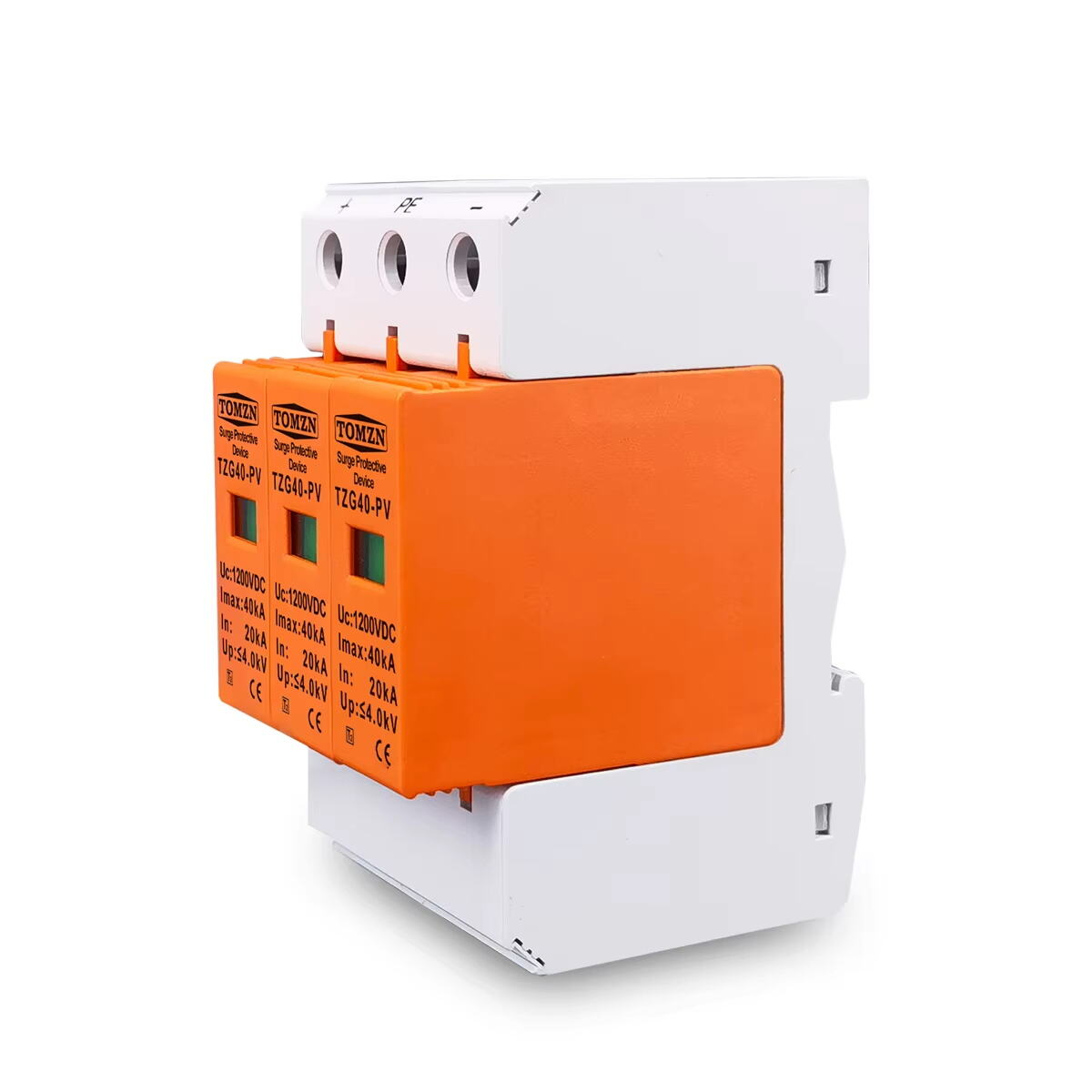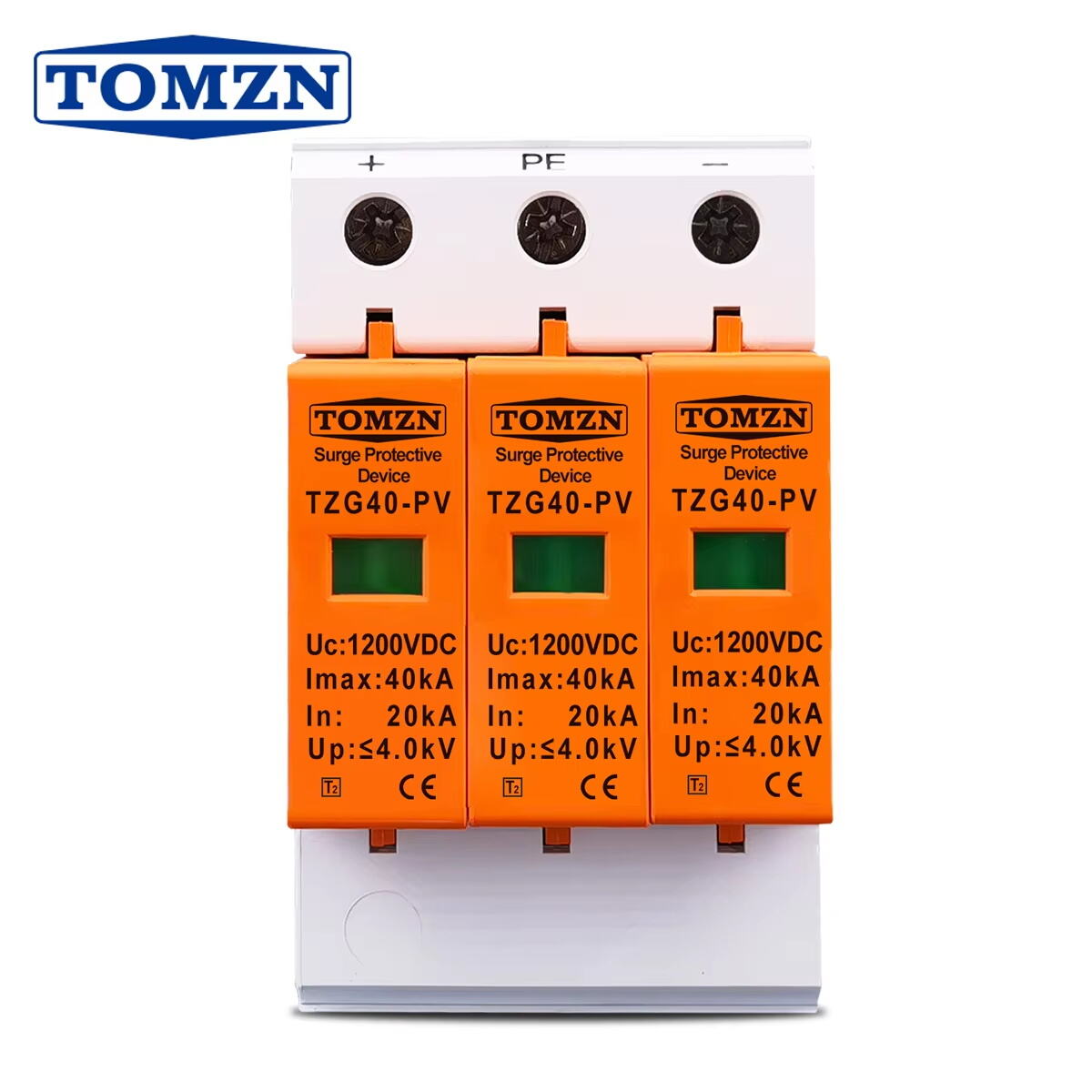Understanding Surge Protection Technologies in Modern Solar Installations
The increasing adoption of solar farm technology has brought surge protection to the forefront of electrical system design. As solar farms continue to expand across diverse geographical locations, protecting these substantial investments from electrical surges becomes paramount. A surge protective device serves as the first line of defense against both external and internal power surges that could potentially damage expensive solar equipment.
Solar farms represent significant financial investments, often spanning hundreds of acres with thousands of solar panels and sophisticated power conversion equipment. The proper selection and implementation of surge protective devices can mean the difference between continuous operation and costly system failures. Understanding the distinct characteristics and applications of Type 1 and Type 2 surge protective devices is crucial for solar farm designers, operators, and maintenance personnel.
Fundamental Differences Between Type 1 and Type 2 Protection
Type 1 Surge Protective Device Characteristics
Type 1 surge protective devices are designed to handle the most severe surge events, including direct lightning strikes. These robust protection systems are installed at the service entrance of the solar facility, where they serve as the primary defense against external threats. Their superior surge handling capacity makes them ideal for locations with high lightning activity or exposed installations.
The construction of Type 1 devices typically incorporates spark gap technology, allowing them to manage extremely high surge currents. These devices can handle surge currents of up to 200kA or more, making them suitable for the most demanding protection requirements. Their response time, while slightly slower than Type 2 devices, is optimized for handling these extreme events.
Type 2 Surge Protective Device Features
Type 2 surge protective devices are designed for installation at distribution boards and sub-distribution levels within the solar farm infrastructure. These devices excel at handling lower-magnitude surges that commonly occur from switching events or indirect lightning effects. Their faster response time makes them ideal for protecting sensitive electronic equipment throughout the solar installation.
The primary technology employed in Type 2 devices is metal oxide varistors (MOVs), which provide excellent protection against moderate surge events. These components offer a good balance between protection level and longevity, typically handling surge currents between 40-100kA. Their faster response time compared to Type 1 devices makes them particularly effective at protecting inverters and monitoring equipment.

Installation Considerations and Requirements
Optimal Placement Strategies
The effectiveness of a surge protective device largely depends on its placement within the solar farm's electrical system. Type 1 devices must be installed at the main service entrance, where they can intercept and divert the most severe surge events before they enter the facility. This placement ensures maximum protection against external threats while maintaining compliance with electrical codes and standards.
Type 2 devices should be strategically placed throughout the solar farm's distribution system, particularly near critical equipment such as inverters, monitoring systems, and communication devices. This distributed approach creates multiple layers of protection, effectively reducing the risk of equipment damage from both external and internal surge events.
Coordination and Cascading Protection
Proper coordination between Type 1 and Type 2 surge protective devices is essential for creating an effective protection scheme. The devices must work in harmony, with each type handling the appropriate level of surge energy. This coordination ensures that surge energy is properly dissipated through the system without overwhelming any single protection device.
Implementing a cascaded protection approach, where surge energy is progressively reduced as it moves through the system, provides the most comprehensive protection for solar farm equipment. This strategy requires careful consideration of device ratings, response times, and physical placement to achieve optimal protection levels.
Performance Metrics and Selection Criteria
Protection Ratings and Standards
When selecting a surge protective device for solar farm applications, several key performance metrics must be considered. The nominal discharge current (In), maximum discharge current (Imax), and voltage protection level (Up) are critical parameters that determine the device's suitability for specific applications. These ratings must align with both the equipment being protected and the expected surge exposure at the installation location.
International standards such as IEC 61643-11 provide guidelines for testing and rating surge protective devices. Compliance with these standards ensures that the selected devices will perform as expected under real-world conditions. Understanding these standards is crucial for making informed decisions about surge protection implementation.
Environmental and Operational Factors
Solar farms operate in diverse environmental conditions that can impact the performance and longevity of surge protective devices. Factors such as temperature, humidity, altitude, and pollution levels must be considered when selecting appropriate protection devices. Both Type 1 and Type 2 devices must be capable of maintaining their protective functions under the specific environmental conditions of the installation site.
Operational considerations, including maintenance requirements and expected service life, also play a crucial role in device selection. Type 1 devices typically require less frequent maintenance due to their robust construction, while Type 2 devices may need more regular inspection and replacement due to their exposure to frequent lower-level surges.
Economic Implications and Return on Investment
Initial Investment Considerations
The implementation of a comprehensive surge protection system represents a significant initial investment for solar farm operators. Type 1 devices, with their higher surge handling capacity, generally command premium prices compared to Type 2 devices. However, this cost must be weighed against the potential damage and downtime that could result from inadequate protection.
When calculating the total investment required, considerations must extend beyond the device costs to include installation, coordination studies, and any necessary system modifications. The complexity of the installation and the number of protection points required will significantly impact the overall project budget.
Long-term Financial Benefits
The long-term financial benefits of properly implemented surge protection typically far outweigh the initial investment. By protecting expensive solar equipment from damage, these devices help maintain consistent power production and reduce maintenance costs. The prevention of even a single major equipment failure can justify the entire protection system investment.
Regular monitoring and maintenance of surge protective devices contribute to their effectiveness and longevity, ultimately maximizing the return on investment. Implementing a proactive replacement strategy for aging devices helps maintain optimal protection levels and prevents unexpected failures.
Frequently Asked Questions
What is the main difference between Type 1 and Type 2 surge protective devices?
Type 1 surge protective devices are designed for installation at service entrances and can handle direct lightning strikes with very high surge currents (up to 200kA or more). Type 2 devices are intended for distribution-level protection against lower-magnitude surges and switching events, typically handling currents between 40-100kA with faster response times.
How often should surge protective devices be inspected and maintained?
Type 1 devices typically require annual inspections, while Type 2 devices should be checked quarterly due to their exposure to more frequent surge events. Both types should be inspected immediately following any known major surge event or lightning strike to ensure their continued effectiveness.
Can Type 1 and Type 2 surge protective devices be used together?
Yes, using both types together is recommended for comprehensive protection. Type 1 devices handle severe external surges at the service entrance, while Type 2 devices provide additional protection at distribution points throughout the facility. This coordinated approach offers the most complete surge protection strategy for solar farm installations.
